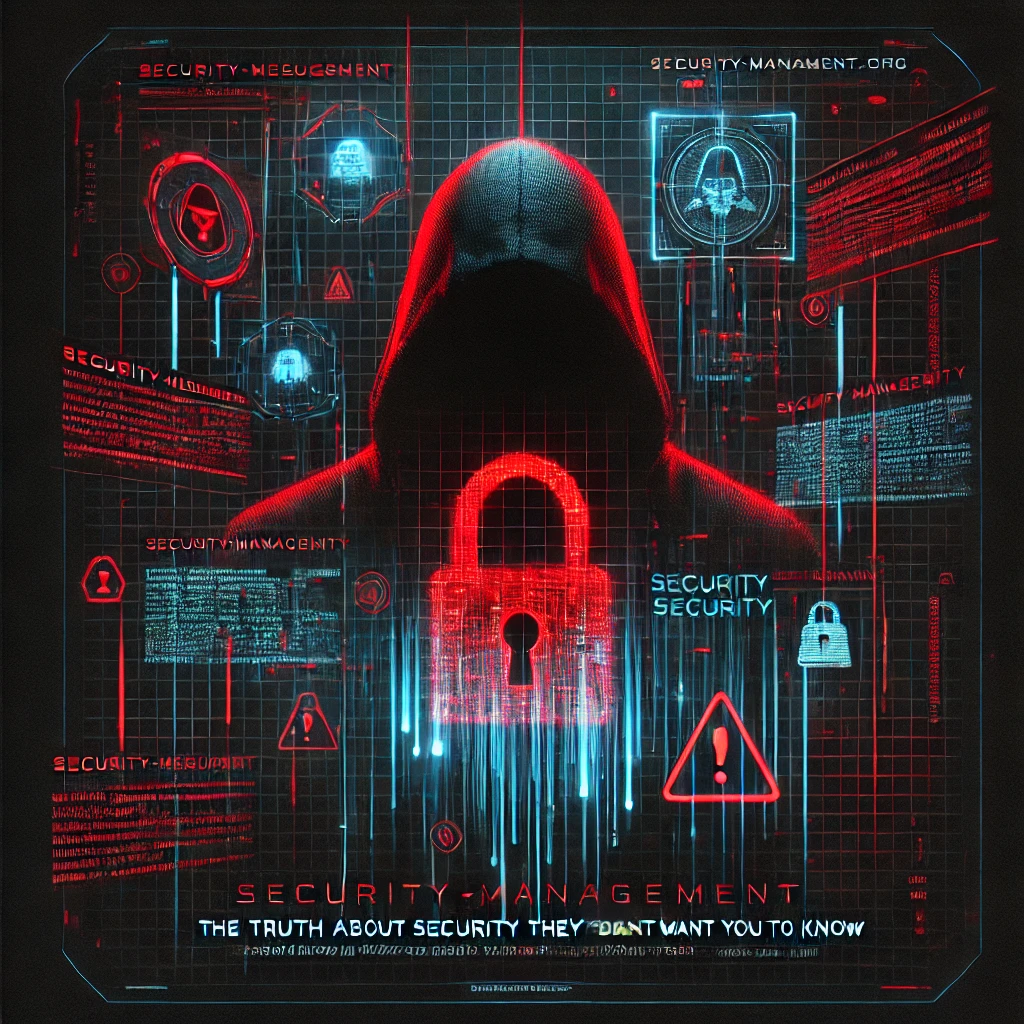XDR – The Smartest Way to Watch Your Network Burn
21/03/25 18:36
The Promise of XDR – One Dashboard to Rule Them All
XDR vendors promise a utopia of unified threat visibility:
✅ Endpoint? Monitored.
✅ Network? Covered.
✅ Cloud? Integrated.
✅ Email? Tracked.
With XDR, you no longer need ten tools and twenty dashboards. You just need one big screen to watch everything go wrong at once.
It sounds amazing — until you realise it’s just centralised panic.
What XDR Actually Delivers
🔹 Real-time alerts for every suspicious sneeze in your network.
🔹 Correlated events that tell you your house is on fire — after the kitchen and living room are gone.
🔹 Fancy graphs and timelines, ideal for board meetings but useless during an actual incident.
🔹 “AI-driven threat prioritization” that still can’t distinguish between a targeted attack and Bob in Accounting using an outdated Excel macro.
XDR doesn’t prevent attacks. It just narrates them with better fonts.
The Budget Black Hole
Security teams are told they need XDR to be "mature." So they buy in. And then:
💸 They discover that half the features require additional licenses.
💸 They spend six months integrating legacy systems that refuse to cooperate.
💸 They hire consultants to interpret the alerts that no one understands.
💸 They increase headcount because someone still has to do actual investigation.
All for a tool that tells you what you already suspected: your environment is a mess.
Why Attackers Love XDR
Ironically, XDR is also great for attackers:
✔ It consolidates all logs in one place — easier for lateral movement tracking.
✔ It overwhelms defenders with false positives — noise hides the signal.
✔ It gives a false sense of control — “We’re covered now, right?”
Meanwhile, ransomware actors continue to do what they’ve always done — encrypt, exfiltrate, and exit before the SIEM correlation engine finishes warming up.
What You Actually Need Instead
XDR isn’t useless — it’s just misunderstood as a silver bullet. Here’s what actually helps:
🔐 Threat prevention, not just detection. Stop it before it happens.
🧠 Security staff with intuition and experience. AI can't replace human insight.
📉 Less complexity. The more tools you have, the more chances something will fail.
🔁 Proactive threat hunting. Don’t wait for alerts — go looking for trouble.
🪫 A healthy dose of skepticism. Not every dashboard is a solution.
Conclusion: Watch Less, Do More
XDR is a great tool — for showing you what’s already gone wrong.
If your strategy is to detect and respond faster, congratulations — you’re officially in the “hope nothing bad happens too fast” school of cybersecurity.
Real protection starts before the alert.
Read more at Security-Management.org – while you still can.

